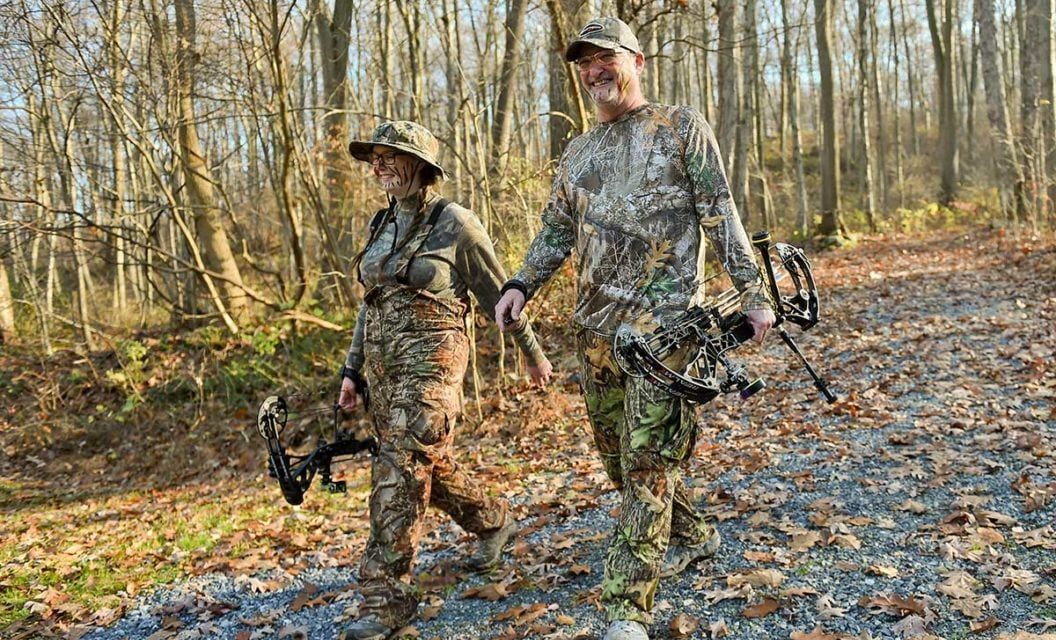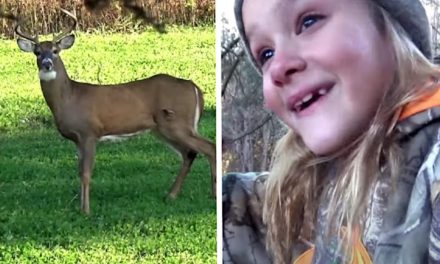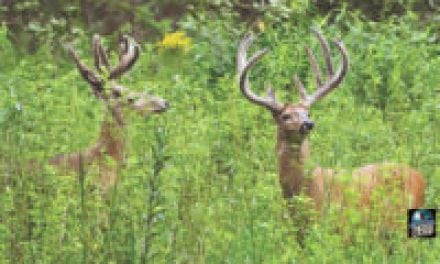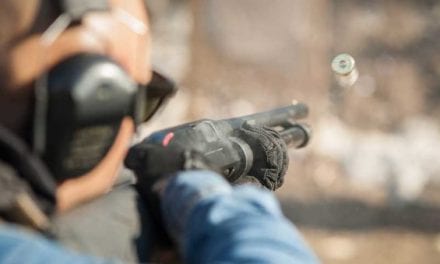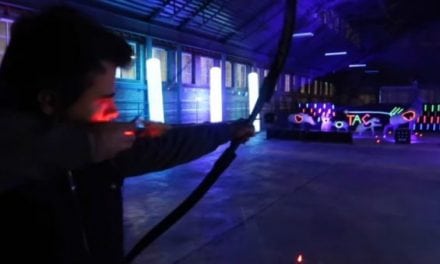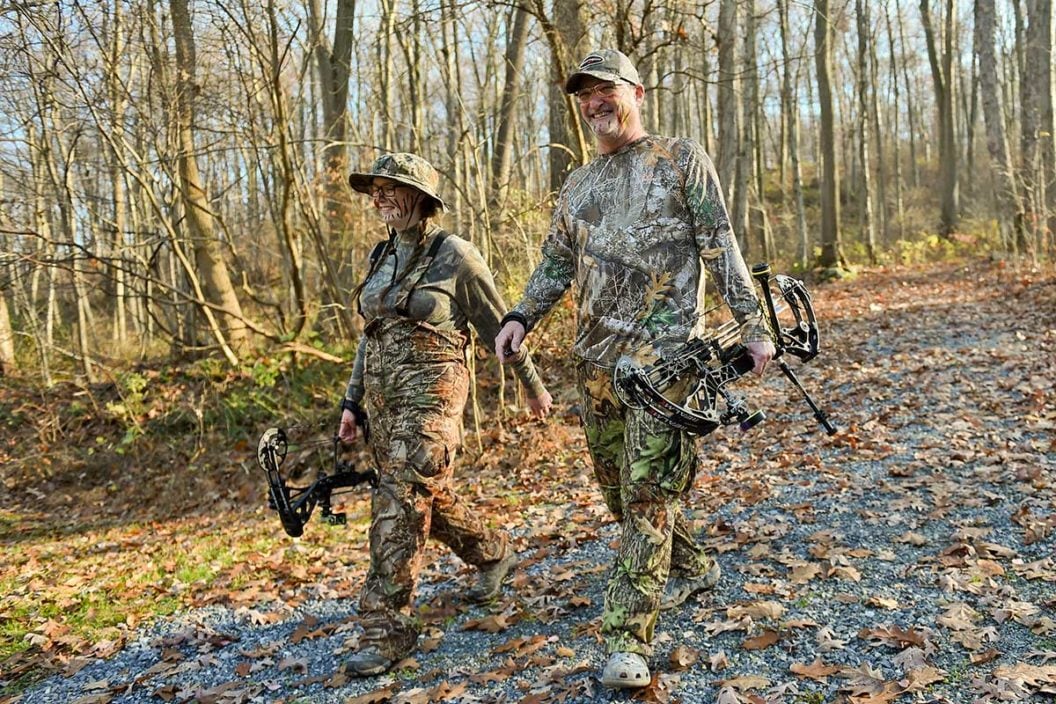
Your first bow hunt is always going to be an exciting thing, and the thought is almost as exciting as the hunt itself. You may have bought a new bow or are using a loaner from a good buddy of yours. You’ve shot at a target a few times, and hit the bull’s eye once or twice. You may have played around with the draw weight adjustment and found your preference. You have planned to hunt a piece of land with some prime spots. What else is there to do? Surprisingly, a lot.
Bowhunting has a lot of intricacies that set it apart from hunting with firearms and allows each hunter to have an individual and unique style. Particulars can be fine-tuned; it’s an art of its own. For a beginner, focusing on a strong foundation is pivotal for success before their first hunt.
Learn Bowhunting Ethics
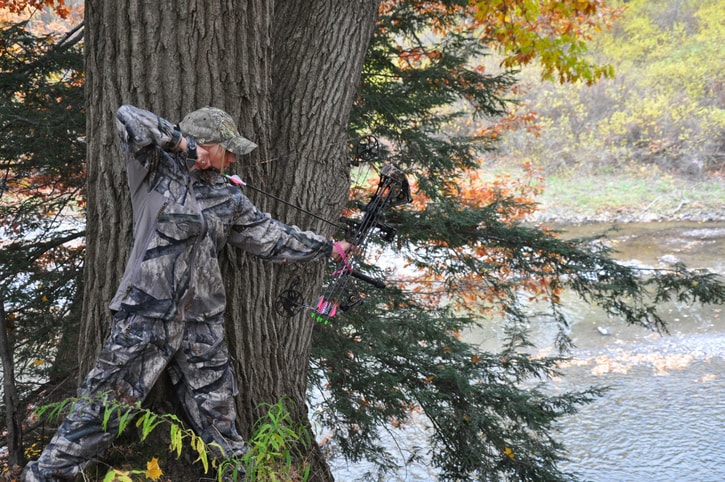
DLCcreates/Getty
There’s some debate about the ethicality of bowhunting in general; it essentially comes down to who’s shooting the arrow. Hunting ethics apply to bowhunters just as they do to firearm hunters, maybe even more so. Know what’s behind your shot, take clean shots, do not waste your harvest, and always respect the animals and other humans in the process.
One part of this ethical conversation may come across as a bit blunt, but it’s true: if you can’t confidently and accurately hit the kill zone on a target, you have no business attempting a shot at a live target. The risk of hitting a deer with a shot that is not immediately fatal is just not worth it. If you take a risky shot, you could wound that deer and have it die days later. Alternatively, it could survive the shot and live the rest of its life with a permanent handicap.
As a matter of fact, bowhunters are responsible for mortally wounding and not finding many more deer than rifle hunters. A bow is just a harder tool to use, and mistakes happen more often. If you hunt long enough you will lose deer that you killed, but we all need to take the precautions necessary to make sure that happens as infrequently as possible.
Practice, Practice, Practice
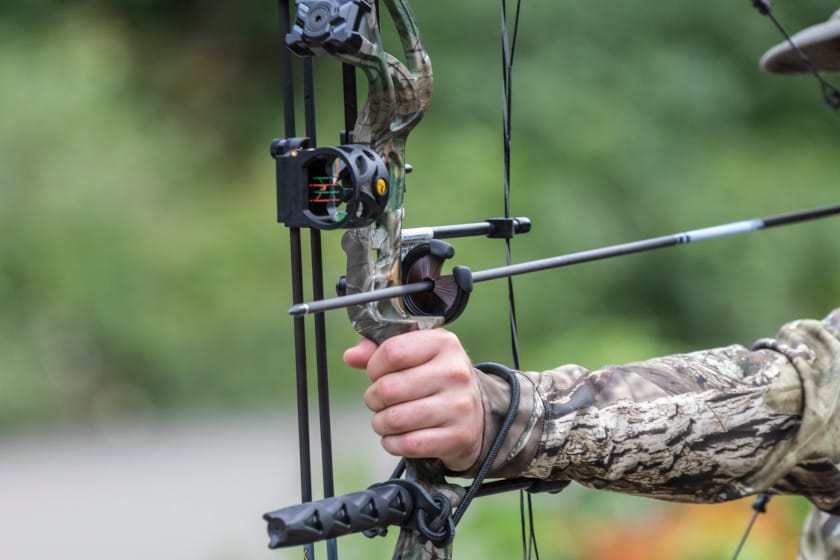
Getty Images: Stefan Malloch
As a bowhunter, you’re not going to shoot better without practice. Get your bow set up, and make the fine adjustments you need to as you shoot, but otherwise leave it alone. You just need to focus on shooting. You should get extremely comfortable shooting at 20 yards, then back it up to 30 yards. For your first year, you probably shouldn’t shoot too much farther than 30 yards anyway, but you can back it up to 40 yards if you are comfortable with it.
Test Out Your Broadheads: You will practice with field points, but they fly differently than your broadheads. Make sure you shoot a broadhead at least a few times to make sure it flies true before going to the hunt stand for the first time.
Designating one broadhead for target practice is best, but make sure that specific broadhead is not used to hunt with, because it will get dull after hitting the target. Some broadheads come with a practice broadhead in the pack, and in that case, the practice head is what you should be flinging at the target.
Know Your Range: Learn to use your rangefinder early and often in your bowhunting experience. While you are in the stand, quiz yourself on how far away clearings and markers are in the area. This will help you more accurately gauge potential shot ranges. Knowing your range is vital while bowhunting; if you are guessing in the moment, you will miss by feet not inches.
Make it Real: Working through a routine and real hunting situations from whatever treestand or ground blind that might be used is also helpful. Being familiar allows you to make smoother, more confident shots. Think of it as a dress rehearsal before the real show.
If you’re planning on hunting from a treestand your first time, practice climbing and hauling your gear up. A haul rope is ideal to bring up packs, your bow, or any other gear from the ground once you’re safely strapped into the stand. This is much safer than trying to climb with all of your gear, even if it is a little annoying.
Make a Bowhunting-Specific Plan
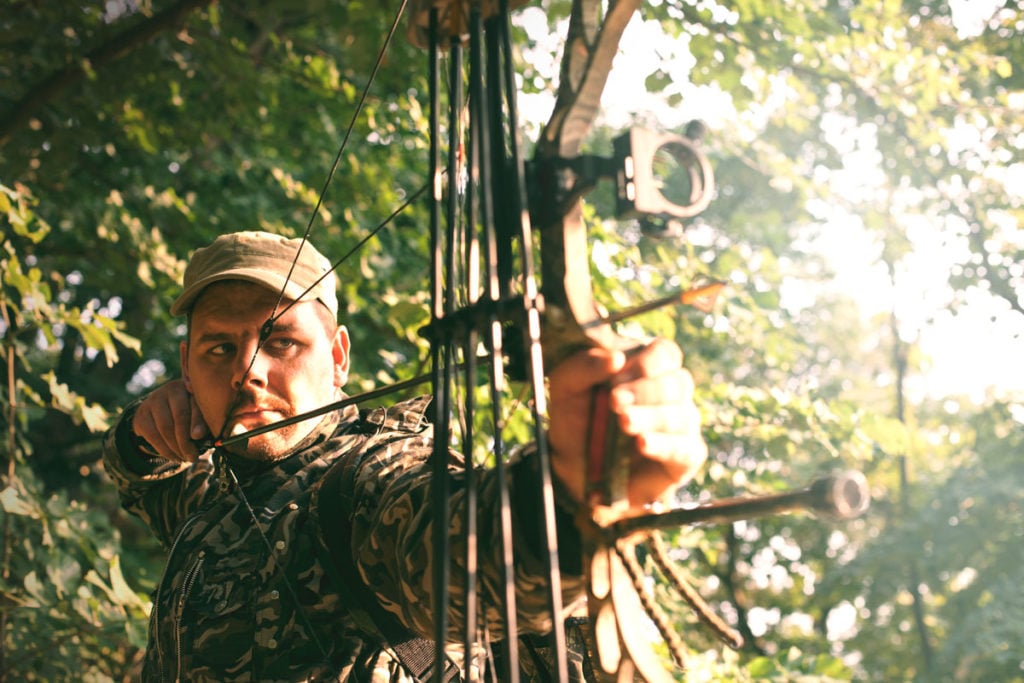
Make a plan for the first hunt, including goals. Is this going to be a “shoot anything” situation, or one where you might pass up a lot of opportunities for meat looking for a mature buck? What area do you want to hunt, and from what stand? Are you going to field dress before you haul out, or are you close enough to a vehicle or property that you can bring the deer directly to it? Don’t leave yourself high and dry.
Those are all examples of plans you need to make on any given whitetail hunt, but what do you need to specifically think about for bowhunting? For starters, you need to change up your hunting strategy to play towards closer shots. If you have only ever rifle hunted, your existing stands with 50 to 80 yard shots may not be an option. Do more scouting and try to find two or three spots where you can have a bowhunting specific stand location. Save those rifle spots for rifle season.
One of the most important aspects of your plan is deciding ahead of time what shots to allow yourself to take. Beginners are often not equipped to take quartering to or quartering away shots on their first hunt. Sticking to purely broadside shots may seem limiting, but it increases the odds of a clean shot that kills the animal in the shortest amount of time possible. This decreases the risk of those unethical situations I mentioned earlier and skyrockets your chances for success.
Bowhunting Gear Selection
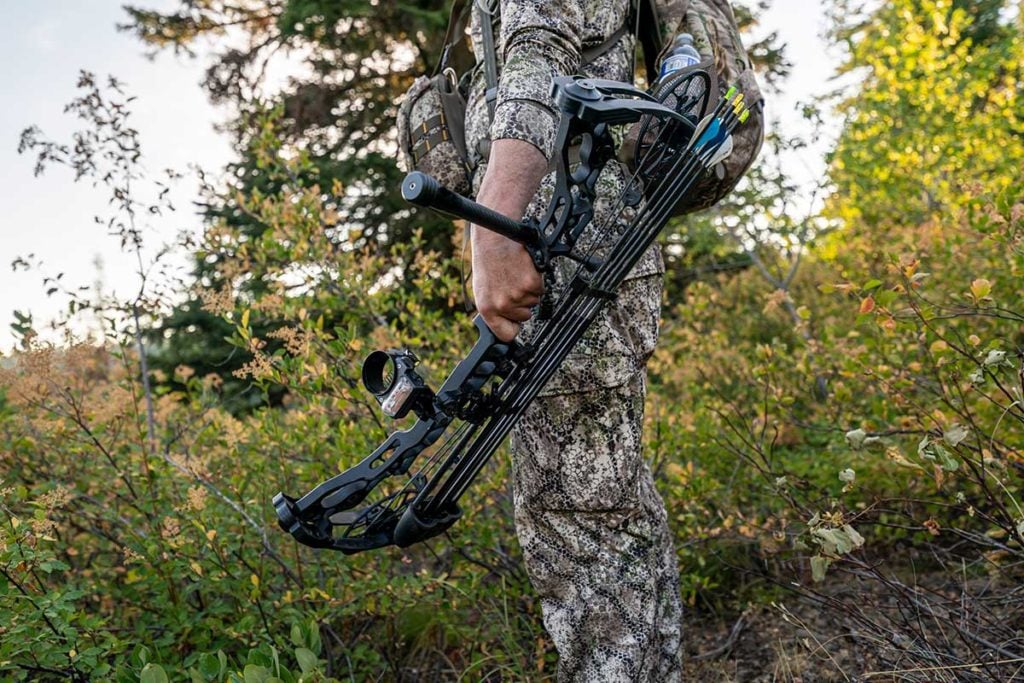
There is a fair amount of basic gear you need to take when you go hunting in general, but bowhunting requires some special gear. Besides your bow and quiver, here is a list of gear you don’t want to forget before you head into the deer woods during bow season:
- Rangefinder – A must-have, especially for new hunting spots. You don’t want to be guessing at which pin to use or what distance you are shooting at.
- Haul Rope – Getting your bow up and down a tree is a little harder than a rifle. A bow doesn’t have a sling, so bringing a haul rope to pull it up after your climb is a must. Basic paracord and two carabiners work perfectly as a DIY haul rope.
- Bow Release – I have been on hunts with guys that got all the way to their stand just to realize they didn’t have a bow release. Luckily I carry a spare. Triple check yours is in your bow case before you head out.
- Safety Harness – If you’re treestand hunting, I can’t stress enough how important a safety harness is. It is even more important for bowhunters than rifle hunters because of all the extra movement you have to do to get shots. It takes just a second to attach to the tree, and it could save your life.
With enough preparation and planning, you should feel confident to go out to your chosen spot and enjoy yourself. Perfect practice makes perfect and will make your hunt as ethical and respectful as possible. Be patient; even if you feel you did everything you could to prepare and still come out empty-handed, you’ll be learning and advancing along in your bowhunting experience. Keep practicing, keep planning, and keep hunting.
READ MORE: BOWHUNTER IS SURPRISED WHEN UNEXPECTED NON-TYPICAL WANDERS PAST HIS STAND
The post What You Need to Do Before Your First Bow Hunt appeared first on Wide Open Spaces.

